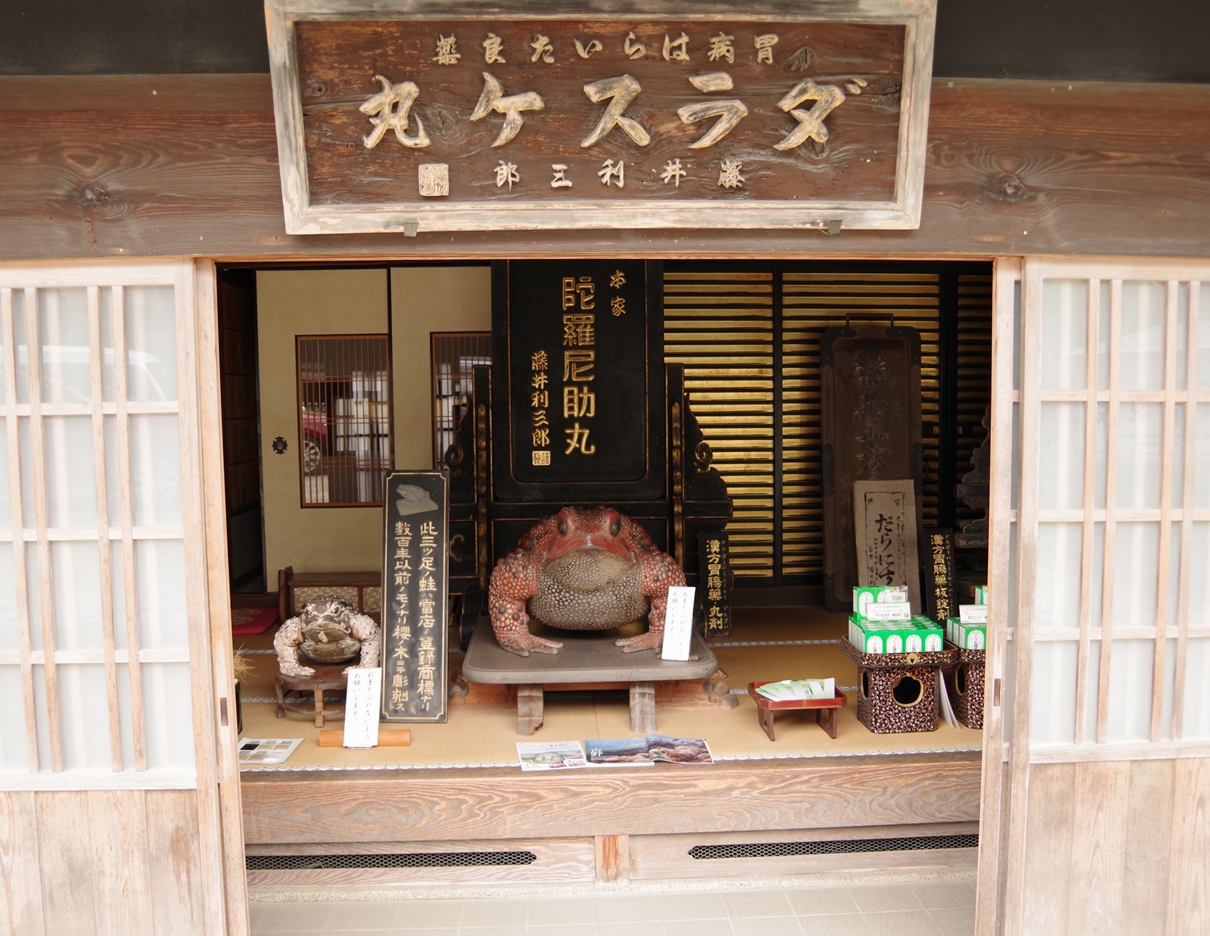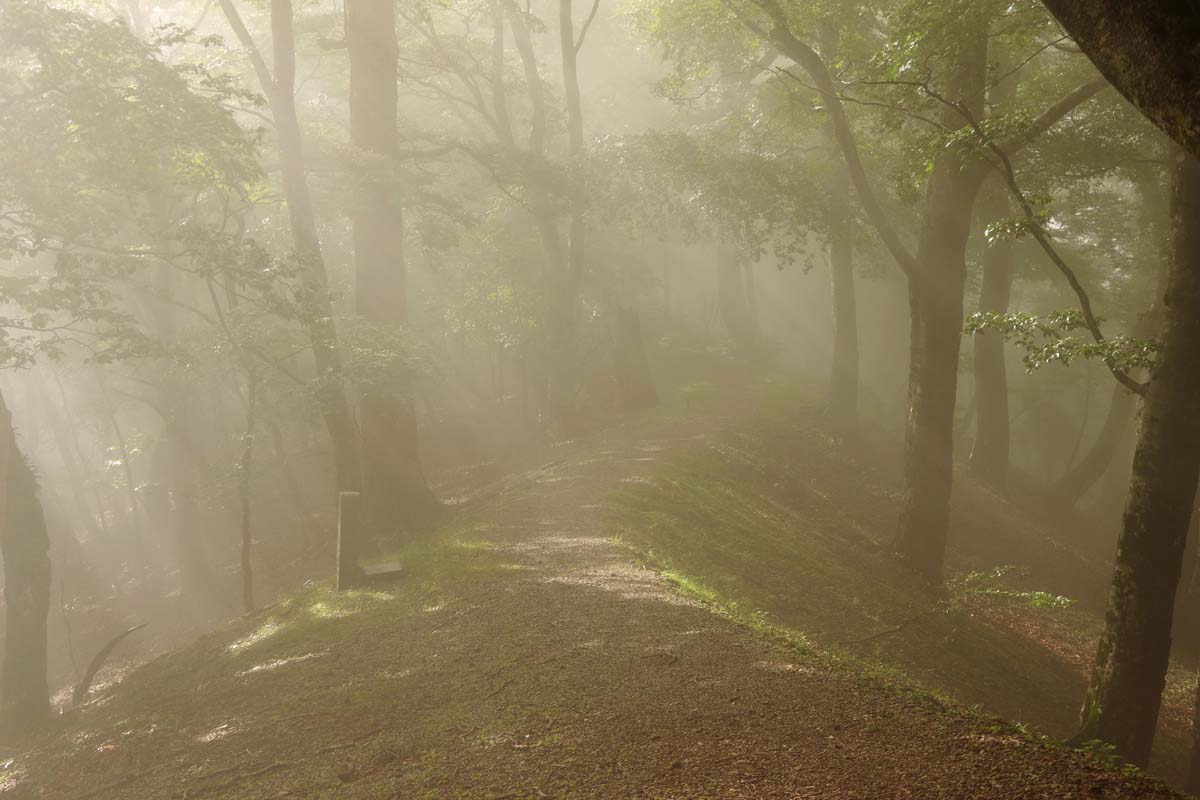- Home
- tabitabi - Travel blog for Japan
- Omine Okugake Pilgrimage Trail – First day from Yoshino to Mt.Sanjo-ga-take 1719m
BLOG
10.232017
Omine Okugake Pilgrimage Trail – First day from Yoshino to Mt.Sanjo-ga-take 1719m

The world heritage site “Kumano Kodo” is a set of pilgrimage trails lead to the holy Kumano Sanzan (three major shrines of Kumano – Kumano Hongu Taisha , Kumano Nachi Taisha, Kumano Hayatama Taisha). These trails also link to Koyasan, Yoshino and Ise. Kumano is the name of region in the southern Kii peninsula, and spans Wakayama, Mie and Nara prefecture. Kodo is old trail in Japanese.
Kumano Kodo is part of UNESCO World Heritage “Sacred sites and Pilgrimage route in the Kii Mountain range” designated in 2004. This is one of two pilgrimage routes in the world designated as a UNESCO World heritage site. The other being Camino de Santiago de Compostela (The way of St.James pilgrimage) in Spain.
Kumano Kodo consits of 5 main pilgrimage routes as shown below.
1.Nakahechi (World Heritage) – most popular route, lead to Kumano Sanzan (three major shrines of Kumano)
2.Kohechi (World Heritage) – Mountainous route between Koyasan and Kumano Sanzan
3.Iseji (World Heritage) – Eastern route between Ise Grand Shrine and Kumano Sanzan
4.Ohechi – Long costal route Tanabe city – Kushimoto town – Kumano Sanzan
5.Omine-okugake Trail – This route is for Shugendo training, the trail runs between Yoshino and Kumano Sanzan via Omine Mountain range. It’s distance is over 170km through high mountain ridges along the way, Some parts of area is still prohibited to women due to religious reason.
Omine Okugake Trail Map

The Omine Okugake Trail Goegraphical out line.
The Omine range, also called the Yamato Alps or the “roof “of the Kinki district, is located in the center of the Kii peninsula and consists of steep mountains at elevations of about 1200 – 2000m. Here we find Mt.Otenjo-dake(1438m), Mt.Sanjo-ga-taeke(1719m), Mt.Diafugen-dake(1780m), Mt.Misen(1895m), Mt.Hakkyo-ga-take(1915m), Mt.Kujaku-dake(1779m), Mt.Shaka-ga-take(1799m) and Mt.Dainichi-dake(1568m), Mountain running respectively from the north to the south.
On the ridges of the Omine range, the Omine Okugake trail extends over 170km between the two major sacred sites of Yoshino and Kumano. The Omine range is also the largest and best-known area for the mountain ascetics of Shugendo, which the legendary ascetic En no Gyoja established. Shugendo, a belief unique to Japan, has a history of 1300 years and was developed here in the Omine range. Therefore the trail was not intended for ordinary transportation but for severe from anciend times have maintained the trail throughout its history.
75 sacred sites or practicing places called Nabiki line the trail, containing well-preserved small shrines and Buddhist images. The Omine range and the surrounding mountains lie in the Yoshino-Kumano National park designated officially as a National park in 1932 and, due to their natural beauty, attract many mountaineering enthusiasts.
The Omine Okugake Trail Historical Outline
During the final years of the Asuka period (6340701), legendary founder of Shugendo, En no Ozunu, or also known as En no Gyoja, lived at the base of Mt.Katsuragi. He eventually opened a religious center for Shugendo in the Omine mountain range of the Yoshino region and established a pilgrimage trail now called Omine Okugakemichi.
In the Nara period (710-784), the mountain ascetic practice of Jinenchi-syu. Which mainly incorporates toso, or dhuta, ascetic practices, was established in Hisodera (Yoshinodera) temple. Later in the early Heian period (794-1185), toso practices along the Omine range from the Kumano region to Mt.Kinpu gained popularity. Finally these practices became known as Omine Shugyo and centered around religious sites called Nabiki. Nabiki means, “bending”, so named for the herbs and trees in the mountain that legend says bent due to the miraculous forces of En no Gyoja. Gods and spirits relating to Shugendo are said to dwell and occasionally appear in these places as well.
When the way of Omine Shugendo was established, there were 100-120 sacared sites or practice places, but later these sites were reduced to just 75 Nabiki. In earlier times, JUmpu (walking from Kumano toYoshino) was the standard practice, but later Gyakufu (walking from Yoshino to Kumano) gained popularity. In modern times commoners have increased traffic along the Saonjo-mode pilgrimage to Sanjo-ga-take. For more severe practices, some practitioners journeyed into the depths of the mountains beyond Sanjo-ga-take. This mountain asceticism, at one time called Okudori (the deep road), is now known as Omine Okugake Shugyo.
My pilgrimage Omine Okugake Trail – from Yoshino to Kumano Grand Shrine
I walked through Omine Okugake Trail from Yoshino to Kumano through Omine mountain range 14th-19th July 2017. It took 6days, distance is approximately 110km, average walking time was more than 12hours per day. I think it was the hardest trail and greatest experience in my life. Please have a look below photos and enjoy as if you are walking the ancient trails as pilgrim.
Kintetsu Yoshino station - starting point

Kinpusenji Temple in Yoshino is one of the most important temple for Shugendo (World Heritage)

Traditional Japnese Pharmacy - they sell medison for the digestion. I am not sure why giant frogs welcome customers ?

Jizo-san, You will meet JIZO statues often along the trail. This is a guardian deity in the folk belief of the Japanese.

Misty forest in the rain

Beautilful scnen Sunlight streaming through the forest

After 13 hours hiking in the rain from Yoshino, I arrived at Sakuramoto-bo Temple lodging at Mt.Sanjogadake 1700m above sea level.

共有:
関連
関連記事
-

-

2018.3.14
Cycling Tour around Kyoto city
-

2016.8.18
Kyoto Fushimi-Inari Taisha (Shrine)
-

2016.6.12
World Heritage “Kumano Kodo”
コメント
この記事へのトラックバックはありません。
Menu
- Tour
- Blog
- About Japan
- About us
- Contact Us

この記事へのコメントはありません。